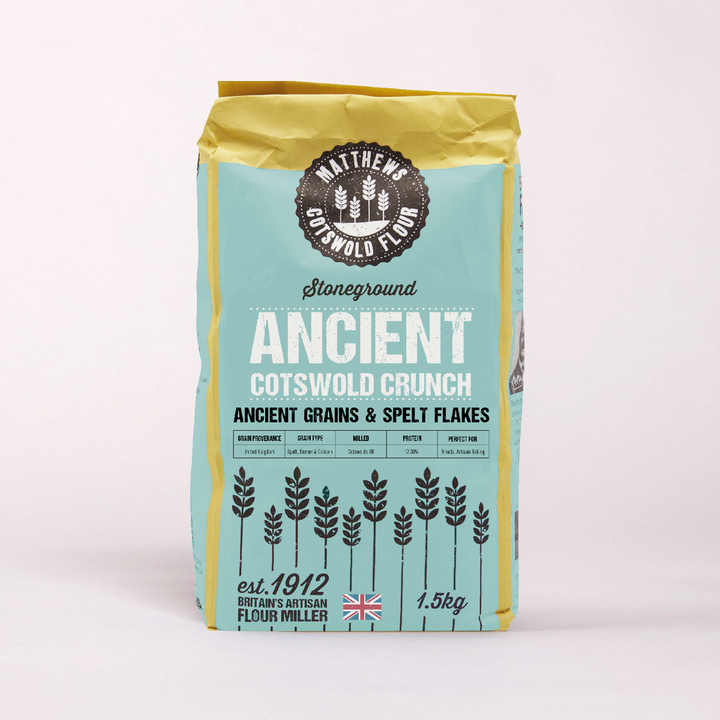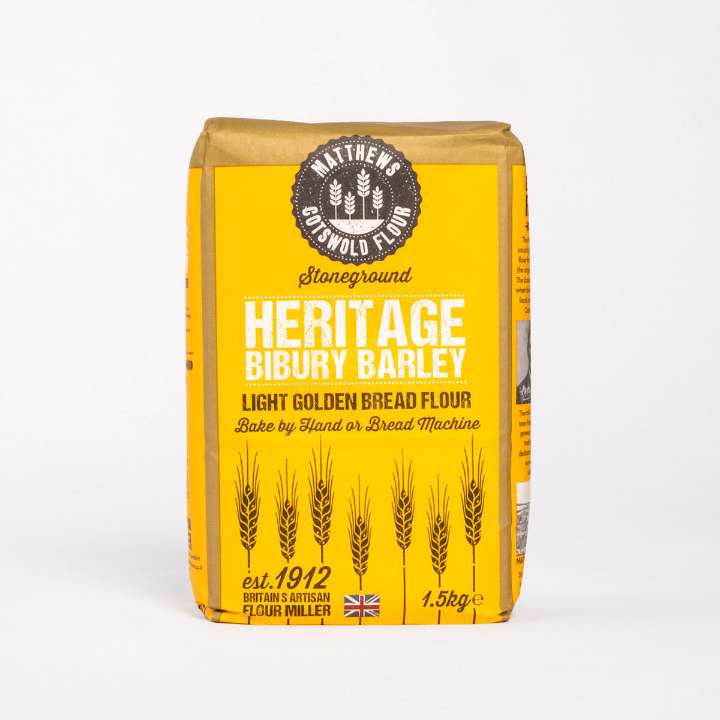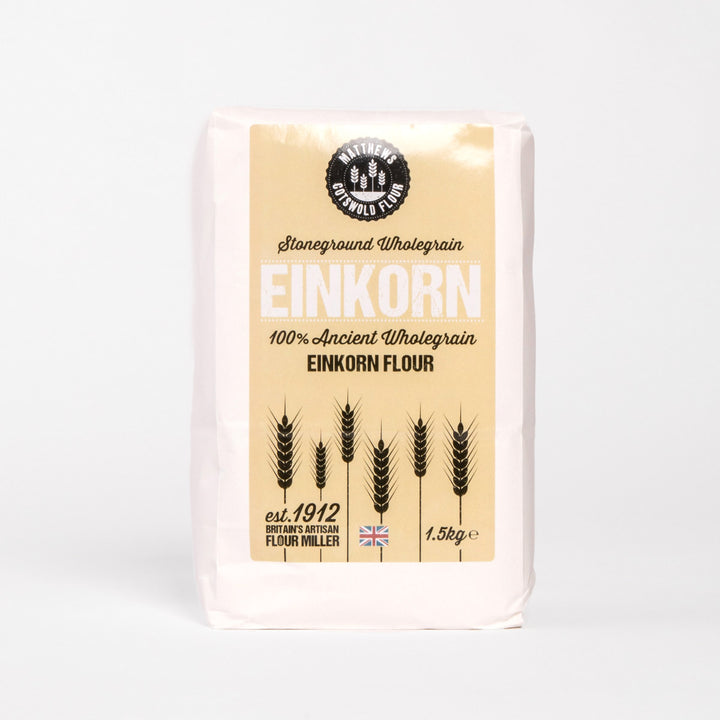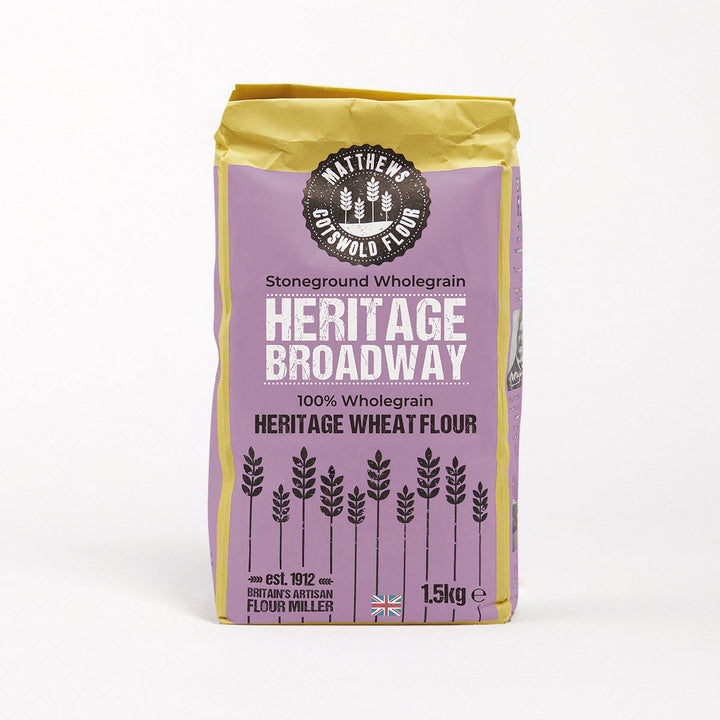Cups to Grams: Helpful baking measurements and conversions tables (US to UK)

What is a cup measurement in the UK?
A cup measurement is a cooking measurement of volume in the US. It can be used for liquids as well as dried ingredients. We can translate the US cup system to the metric system (cups to grams and cups to millilitres) using the simple conversion tables below. A standard measuring cup is considered to be 250 millilitres.
Types of measuring cup
There are both wet and dry measuring cups. A liquid or wet measuring cup is used for measuring all liquids including viscous or supersaturated liquids such as honey and oil.

Cups to grams
When baking with dried ingredients you will often need a cup to grams conversion. It is important to remember that the US cup system is a system of volume not weight, which means the question ‘How many grams in a cup?’ does not have a single answer - because it depends on the volume of the ingredient you are measuring.
For example, typical ingredients are flour and sugar. However what do you do if you come across more bulky ingredients such as rolled oats, butter or molasses? Typically brown sugar is denser than white sugar so does this measure differently? The answer is yes, so we have easy conversion tables for you to see at a glance your cups to grams conversion.
When converting cups to grams remember that ½ a cup of butter is not the same measurement as ½ a cup of flour as they have a different volume.
Cup to grams conversion table for dried ingredients
|
Butter |
¼ cup |
⅓ cup |
½ cup |
1 cup |
|
57 grams |
76 grams |
113.5 grams |
227 grams |
|
|
Unsifted flour |
¼ cup |
⅓ cup |
½ cup |
1 cup |
|
30 grams |
40 grams |
60 grams |
120 grams |
|
|
Sifted flour |
¼ cup |
⅓ cup |
½ cup |
1 cup |
|
27 grams |
35 grams |
55 grams |
110 grams |
|
|
Rolled oats |
¼ cup |
⅓ cup |
½ cup |
1 cup |
|
21 grams |
28 grams |
43 grams |
85 grams |
|
|
Granulated white sugar |
¼ cup |
⅓ cup |
½ cup |
1 cup |
|
50 grams |
67 grams |
100 grams |
200 grams |
|
|
Brown sugar |
¼ cup |
⅓ cup |
½ cup |
1 cup |
|
55 grams |
73 grams |
110 grams |
220 grams |
|
|
Honey, molasses & syrup |
¼ cup |
⅓ cup |
½ cup |
1 cup |
|
85 grams |
113 grams |
170 grams |
340 grams |
Download printer friendly version of "Cup to grams conversion table for dried ingredients" or Pin it
Download cups to grams, US to UK conversion for dry baking ingredients; printer friendly version

Cups to millilitres
For liquids 1 cup is the same as 240ml (US) or 250ml (UK) - there will be no difference to the quality of your baking based on the 10 ml difference.
For simple conversions for measurements of less than 1 cup we have prepared a cups to ml conversion table for you below. This will give you measurements for ½. ¼, ⅛ a cup into ml.
Cup to millilitre (ml) conversion table
|
Cup |
ml (UK) |
ml (US) |
|
1 |
250 |
240 |
|
1/2 |
125 |
120 |
|
1/4 |
62.5 |
60 |
|
1/8 |
31.25 |
30 |
How much is 1 cup of flour in grams?
What is 1 cup of flour in grams for UK measuring? The answer is that 1 cup is 120 grams. This is based on normal unsifted flour. Recipes often call for sifted flour through a sieve, this will generally make the flour around 10 grams less than unsifted flour.
However you will see the answer written as anything from 128 grams to 120 grams. This is generally because of the different types of flour being measured. For example, wholemeal flour is bulkier than white flour so it will be equivalent to more like 120 grams. For other softer flours 125 grams is more typical. For measuring purposes cocoa powder can be measured the same as plain white flour at 125 grams.
More conversion tables
Oven temperatures conversion table
Oven temperatures can be converted easily between fahrenheit, celsius, fan-assisted temperatures and gas marks. The following page has a simple to read temperature conversion table so you can see what temperature you need for your cooking at a quick glance.
Check Oven Temperature conversion table
Yeast conversion table
When baking with yeast you will come across three different kinds: fresh yeast, active dry yeast and instant dry (‘easy bake’) yeast.
Fresh yeast is the type used by professional bakers. It is the common name for the yeast strain called saccharomyces cerevisiae. Fresh yeast looks like a compressed block and contains around 70% water. It has a distinctive smell (much more ‘yeasty’ than dried yeast). It remains active while it is sold and as a result will not store as long as dried yeast. It should be stored in the fridge to preserve it for as long as possible. Bakers use fresh yeast because it develops a deeper flavour due to the bacteria multiplying faster.
Active dried yeast (or dried active yeast) is a compressed yeast which has had the moisture removed from it. In order to use it requires ‘reactivating’ (or ‘proofing’ or ‘blooming’) in warm water before yeast, which takes around ten minutes. You will know it is ready when you see a foam of bubbles on the surface of the mixture. The advantages of this kind of yeast are a much longer life than fresh yeast. It looks similar to instant dried yeast or easy-bake yeast, but it has a larger particle size which is why it requires reactivating in warm water.
Instant yeast is the easiest yeast of all to work with; requiring no reactivating and easy storage. All three yeasts can be stored in the fridge, even the dry ones after opening to slow down the decomposition and its efficacy.
The most important thing to remember when it comes to converting yeast quantities is that these different kinds of yeast are not interchangeable on a 1:1 basis.
This is where the tables come in below to give you quick at a glance amounts to be used for each kind of yeast.
Each table is labelled according to the type of yeast required in the original recipe. For example, if the original recipe requires fresh yeast, table 1 will give you the conversions to dried active or instant dry/’easy bake’ yeast.
More conversion tables
We have other conversion tables that might come in handy in your kitchen:
- Cups to grams
- Yeast Conversion Table
- Ounce to Grams: Imperial to Metric Conversion Table
- Teaspoons and grams
- Oven Temperature Conversion
← Older Post Newer Post →
















